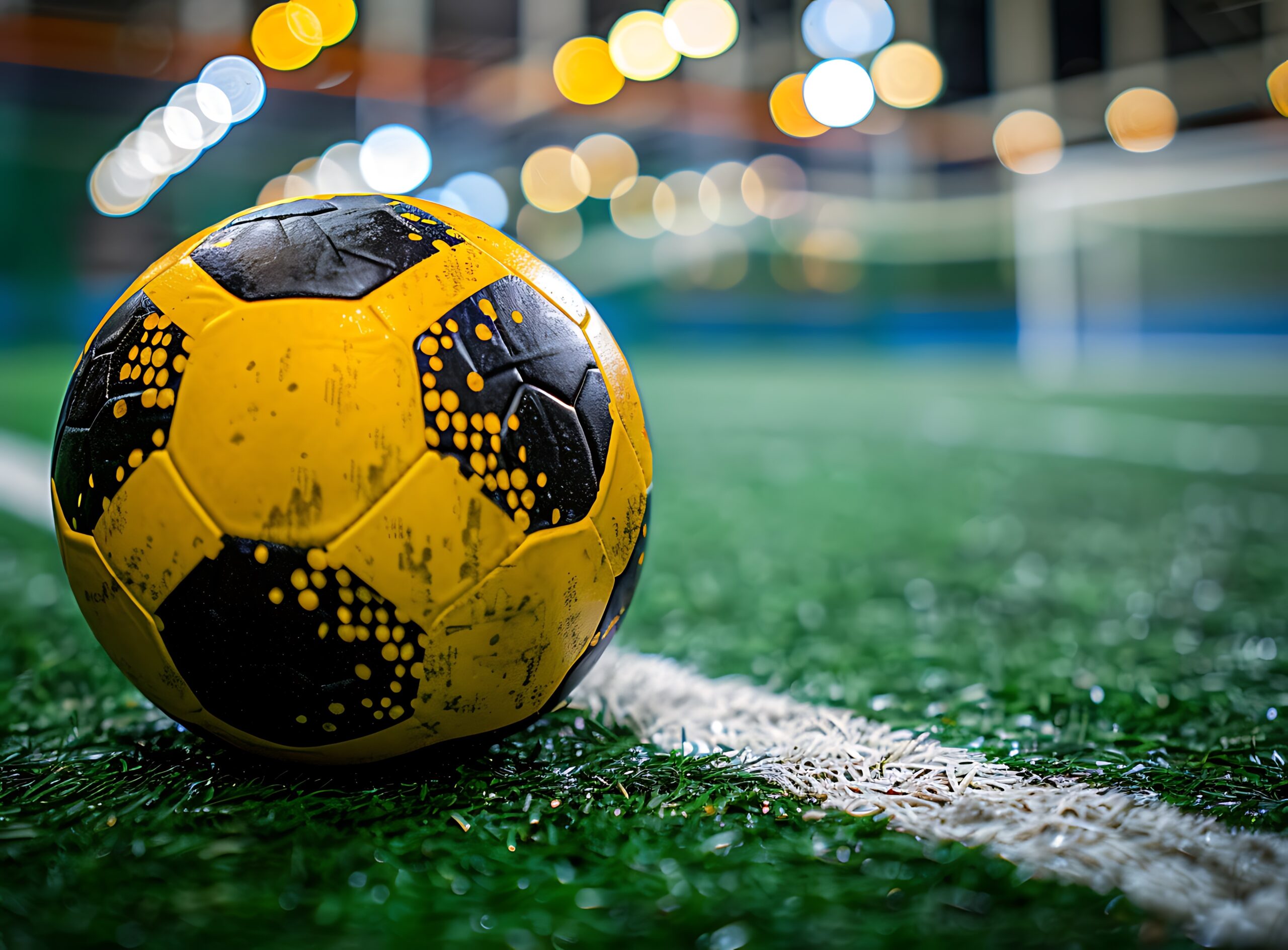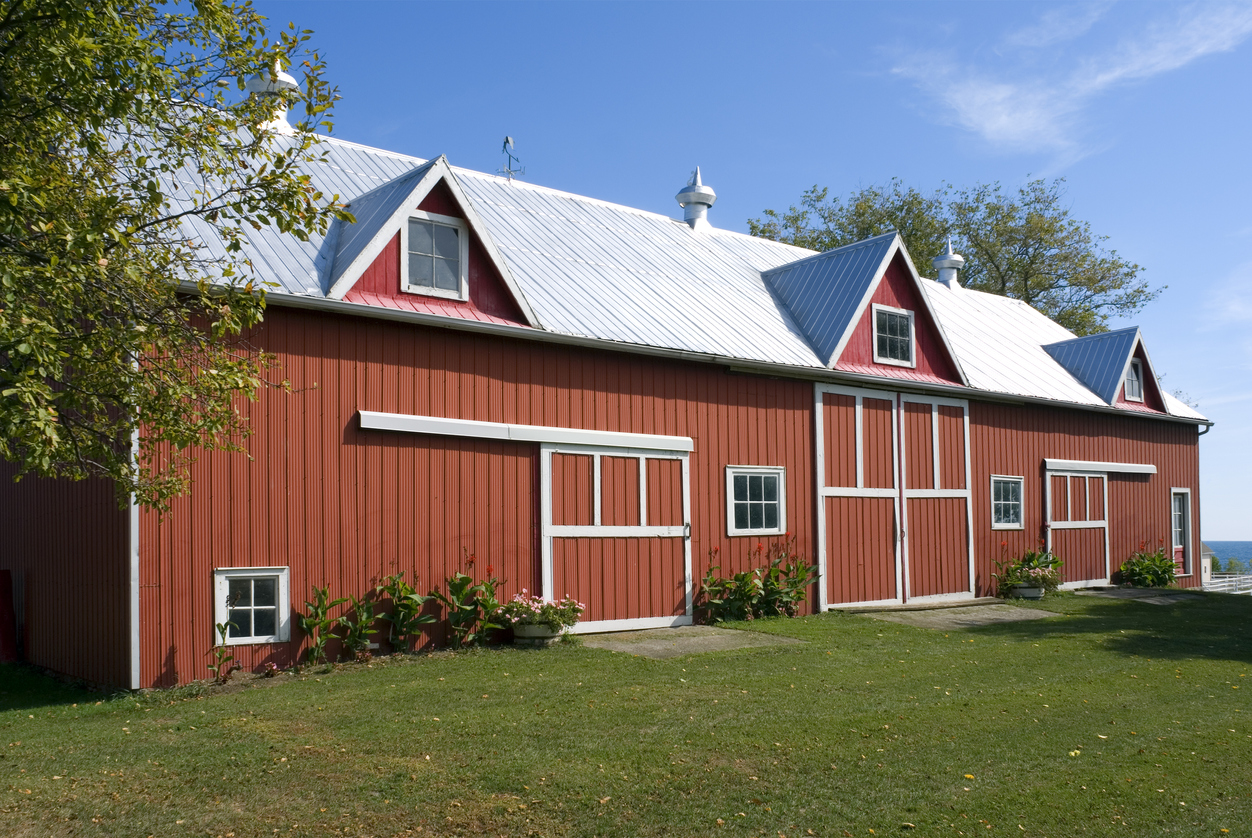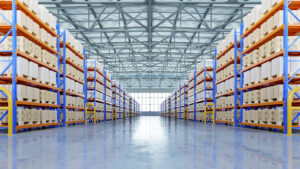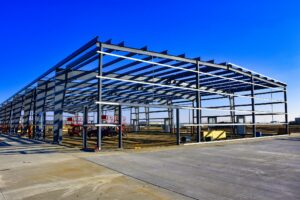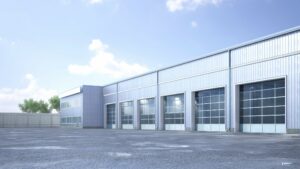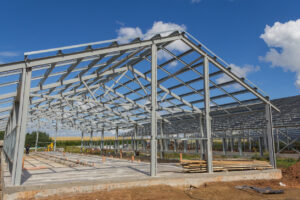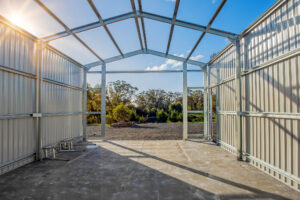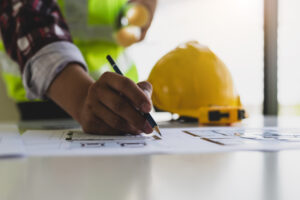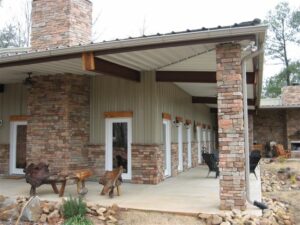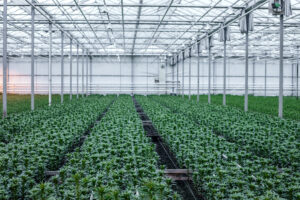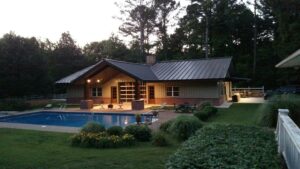In recent years, indoor sports buildings have gained immense popularity, offering athletes a controlled and versatile environment to enjoy their favorite sports. Reflecting this trend, from 2007 to 2018, the number of participants aged six years and older in indoor soccer increased from 4.24 million people to 5.23 million. This surge in interest underscores the importance of thoughtful indoor soccer facility design in making indoor soccer building projects a significant investment for sports enthusiasts, sports clubs, and community centers.
Whether you are a sports management professional or an individual interested in developing an indoor soccer facility, understanding the key elements of an indoor soccer building project is crucial for a successful endeavor.
In this article, we will explore the various aspects that need to be considered when embarking on an indoor soccer building project, from the basics of planning and designing to the legal and regulatory considerations involved.
Table of Contents
- Understanding the Basics of an Indoor Soccer Building Project
- Planning and Designing the Indoor Soccer Facility
- Construction Materials and Methods for Indoor Soccer Buildings
- Indoor Soccer Facility Equipment and Maintenance
- Legal and Regulatory Considerations
- Project Kick-Off
- Frequently Asked Questions
Understanding the Basics of an Indoor Soccer Building Project
Before diving into the intricacies of indoor soccer facility development, it is essential to grasp the fundamental aspects of such a project. One crucial factor that can significantly impact the success of your indoor soccer facility is the location and space it occupies.
When it comes to choosing the location for your indoor soccer facility, there are a few key considerations to keep in mind. Firstly, it should be easily accessible and centrally located, ensuring maximum convenience for those who wish to participate in or spectate the soccer games.
A facility that is situated in a prime location with good transport links will attract more players and spectators, ultimately contributing to the success of your venture.
The space requirements for an indoor soccer building can vary depending on factors such as the number of players, seating capacity, and ancillary amenities.
Proper planning and design to optimize the available space is essential to create a comfortable and functional environment.
You’ll need to consider the layout of the playing area, the placement of seating areas, and the inclusion of other amenities such as changing rooms, showers, and a concession stand.
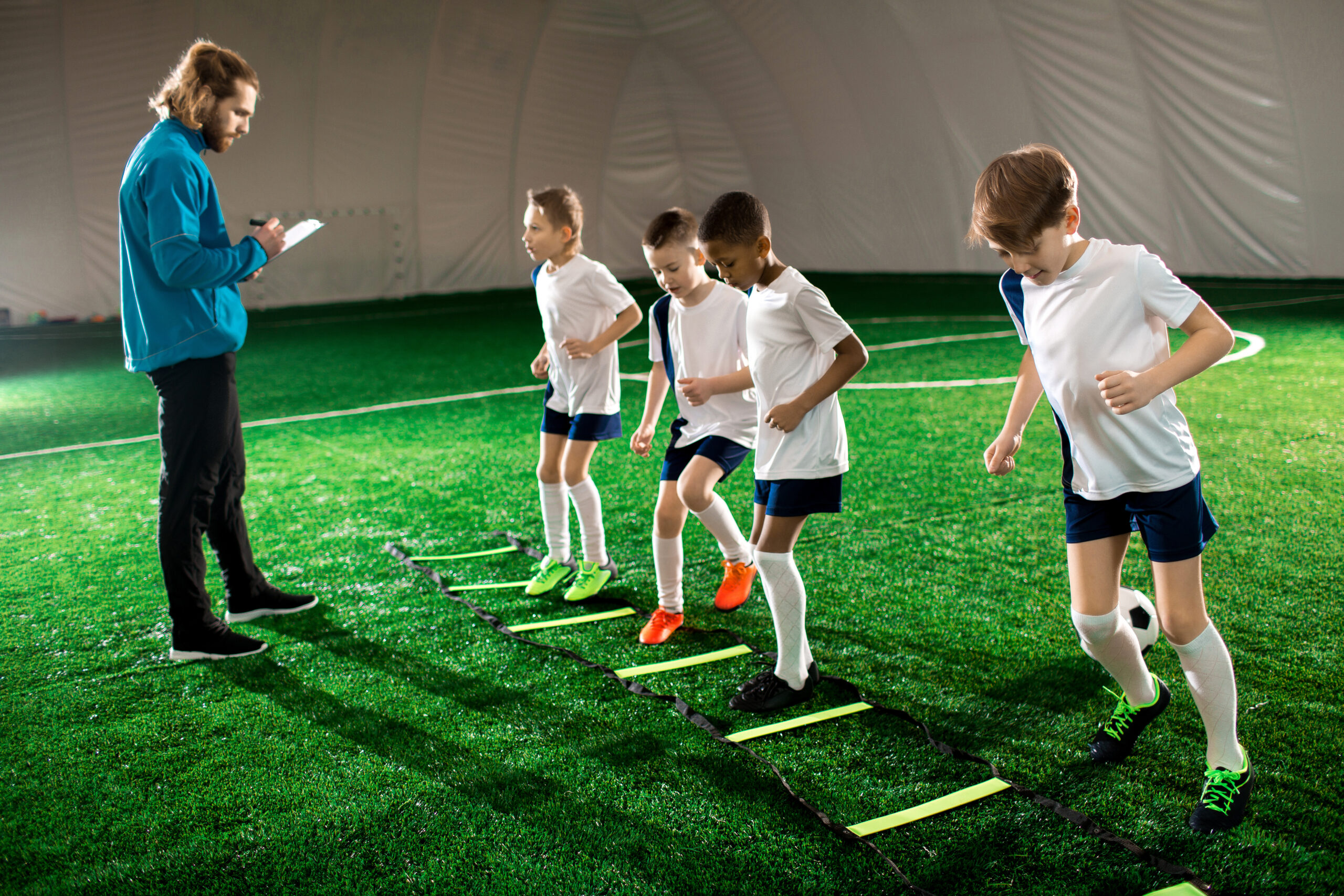
Importance of Location and Space
The location of your indoor soccer facility plays a pivotal role in attracting players and spectators. It should be easily accessible and centrally located, ensuring maximum convenience for those who wish to participate in or spectate the soccer games.
A facility that is situated in a prime location with good transport links will attract more players and spectators, ultimately contributing to the success of your venture.
The space requirements for an indoor soccer facility can vary depending on factors such as the number of players, seating capacity, and ancillary amenities. Proper planning and design to optimize the available space is essential to create a comfortable and functional environment.
You’ll need to consider the layout of the playing area, the placement of seating areas, and the inclusion of other amenities such as changing rooms, showers, and a concession stand.
Indoor vs Outdoor Soccer Facilities
While both indoor and outdoor soccer facilities have their own merits, indoor facilities offer several advantages that make them appealing to players and sports enthusiasts. Indoor soccer allows for year-round play, regardless of weather conditions, providing a consistent and reliable sports experience.
This is particularly advantageous in regions with extreme weather conditions, where outdoor play may be limited or even impossible during certain times of the year.
Indoor facilities can be equipped with advanced lighting systems, soundproofing, and climate control, offering a controlled environment that enhances player performance and spectator experience.
The ability to adjust lighting levels to suit different types of games or events, as well as the option to regulate temperature and minimize external noise, creates an optimal setting for players to showcase their skills and for spectators to enjoy the action without any distractions.
Planning and Designing the Indoor Soccer Facility
Once you have a clear understanding of the basics, it is time to focus on the planning and designing phase of your indoor soccer facility.
There are several essential features that need to be considered to ensure the functionality and appeal of your facility.
Creating a successful indoor soccer facility involves meticulous planning and attention to detail. Beyond the basic layout, it’s important to consider the flow of movement within the space.
Designing clear pathways for players, spectators, and staff can enhance the overall experience and prevent congestion during peak times.
Additionally, incorporating designated areas for equipment storage and maintenance can streamline operations and ensure a well-organized facility.
Did You Know?
Unlike futsal, which is played on wooden surfaces, indoor soccer is played on synthetic turf or, in some cases, synthetic carpet.
Essential Features of an Indoor Soccer Facility
When designing your indoor soccer facility, it is crucial to incorporate features that cater to the needs of both players and spectators. These may include high-quality artificial turf or non-abrasive flooring, player benches, locker rooms, and spectator seating areas.
Considering the installation of spectator amenities such as concession stands, restrooms, and viewing galleries can enhance the overall experience for spectators and generate additional revenue streams.
Integrating technology into your facility can provide added convenience and entertainment. Implementing digital scoreboards, player performance tracking systems, and live streaming capabilities can elevate the experience for both participants and spectators.
Embracing technological advancements can set your indoor soccer facility apart and attract a wider audience.
Incorporating Accessibility and Safety Measures
Accessibility and safety should be given the highest priority when designing your indoor soccer facility. Ensure that the facility is accessible to individuals with disabilities, complying with relevant accessibility guidelines and regulations.
Adequate lighting, emergency exits, and fire safety measures should also be incorporated to ensure the safety of players, spectators, and staff.
In addition to physical safety measures, considering environmental sustainability can contribute to the long-term success of your facility.
Incorporating energy-efficient lighting, water-saving fixtures, and sustainable materials in construction can reduce operational costs and minimize environmental impact.
By prioritizing sustainability, you can create a more eco-friendly indoor soccer facility that resonates with environmentally conscious stakeholders.
Check out: A Guide To Building An Indoor Sports Complex
Construction Materials and Methods for Indoor Soccer Buildings
Once the planning and design phase is complete, the next step is selecting the right construction materials and methods for your indoor soccer building.
The materials and construction techniques you choose can significantly impact the durability, maintenance requirements, and overall quality of your facility.
Indoor soccer buildings are unique structures that require careful consideration when it comes to construction materials.
In addition to durability and sustainability, factors such as acoustics and lighting play a crucial role in creating a conducive environment for players and spectators.
Utilizing sound-absorbing materials can help minimize noise levels within the facility while incorporating natural lighting solutions can enhance the overall experience for occupants.
Choosing the Right Construction Materials
When it comes to indoor soccer facilities, durability and sustainability are key considerations. Opting for high-quality construction materials that can withstand heavy usage, such as steel or reinforced concrete, can ensure the longevity of your facility.
Additionally, using eco-friendly materials and energy-efficient systems can help reduce the environmental impact of your project.
Another important aspect to consider when selecting construction materials is maintenance requirements. Choosing materials that are easy to clean and maintain can save time and resources in the long run.
For indoor soccer buildings, materials that are resistant to wear and tear, such as synthetic turf for playing surfaces, can help prolong the lifespan of the facility and reduce maintenance costs.
Did You Know?
The hourly field rental rates for Indoor soccer facilities range from $50 to $150, memberships from $100 to $300 per month, and team registration fees for leagues from $200 to $800.
Modern Construction Methods for Indoor Sports Facilities
Advancements in construction technology have introduced innovative methods that can expedite the construction process while maintaining quality standards.
Prefabricated construction, for example, allows for faster assembly on-site, reducing construction time and costs. Collaborating with construction professionals experienced in building indoor sports facilities can provide valuable insights into contemporary construction methods that can benefit your project.
Incorporating sustainable construction practices, such as utilizing recycled materials and implementing energy-efficient systems, can not only reduce the environmental impact of your indoor soccer building but also lead to long-term cost savings.
By staying informed about the latest trends and advancements in construction materials and methods, you can ensure that your facility is built to the highest standards of quality and performance.
Indoor Soccer Facility Equipment and Maintenance
Once the construction phase is complete, attention must be turned toward equipping the indoor soccer facility with the necessary equipment and establishing an effective maintenance plan to ensure its longevity.
It is essential to consider not only the initial setup but also the ongoing care and upkeep of the facility to provide a top-notch experience for players and visitors alike.
Creating a welcoming and safe environment within the indoor soccer facility is paramount. Beyond the basic equipment, thoughtful additions such as seating areas for spectators, designated storage spaces for players’ belongings, and proper lighting can enhance the overall experience.
These elements contribute to the comfort and functionality of the space, making it a preferred destination for soccer enthusiasts of all ages.
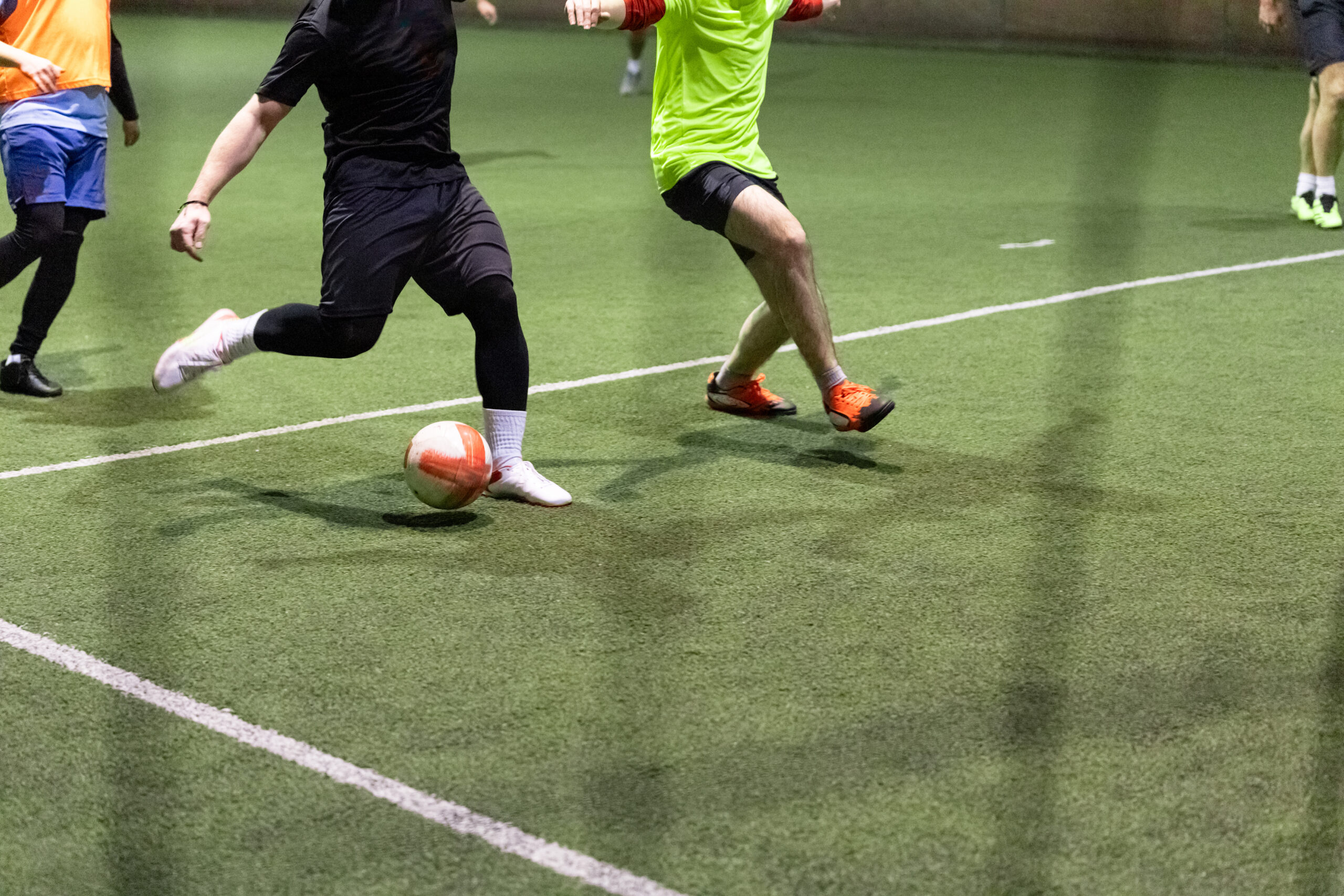
Essential Equipment for an Indoor Soccer Facility
Indoor soccer facilities require specific equipment to ensure a safe and enjoyable sports experience. These may include soccer goals, proper field lining, netting or protective barriers, and sports flooring that provides optimal traction and shock absorption.
Investing in high-quality equipment from reputable suppliers is essential to uphold the safety standards of your facility. Additionally, considering extras such as scoreboard systems, seating arrangements, and climate control solutions can elevate the facility’s appeal and cater to a wider range of users.
Maintaining Your Indoor Soccer Facility
Regular maintenance is crucial to preserve the integrity of your indoor soccer facility and extend its lifespan. Develop a comprehensive maintenance plan that includes regular inspections, cleaning schedules, and repairs when necessary.
Additionally, establishing clear guidelines and protocols for facility usage can help prevent damage and ensure proper care by users.
Implementing a preventive maintenance program that addresses issues proactively can save time and costs in the long run, ensuring that the facility remains in top condition for years to come.
Pro tip:
Steel is a highly versatile construction material that offers the advantage of creating buildings with larger open spaces without the requirement for numerous support columns. This not only maximizes the usable floor area but also significantly enhances the functionality of the structure. As a result, steel construction efficiency reduces construction time and, in the long term, minimizes maintenance costs.
Legal and Regulatory Considerations
Building codes and regulations vary by jurisdiction and may dictate specific requirements regarding construction materials, dimensions, accessibility, fire safety, and more.
It is crucial to collaborate with professionals who have expertise in sports facility development and are familiar with local building codes to ensure your facility meets all necessary standards.
Ensuring Compliance with Sports Facility Standards
In addition to building codes, various sports facility standards may need to be considered during the design and construction phase of your indoor soccer facility.
These standards encompass aspects such as player safety, field dimensions, spectator capacity, and amenities.
Familiarize yourself with relevant standards, such as those set by sports governing bodies or industry associations, to ensure your facility complies with all necessary guidelines.
Project Kick-Off
Embarking on an indoor soccer building project requires careful consideration of various elements to create a successful facility. From location selection and design features to construction materials, equipment, and legal compliance, each aspect contributes to the overall functionality and appeal of your indoor soccer facility.
By paying attention to these key elements and working with experienced professionals, you can bring your vision to life and provide athletes and enthusiasts with an exceptional indoor soccer experience.
SteelCo has 23+ years of experience dropshipping customizable steel building materials for indoor soccer building projects and recreational facilities nationwide. We work with suppliers who adhere to the standards set by MBMA, AISC, and AISI and deliver only the highest-quality materials.
Our team of industry experts, from Project Support Specialists and Sales Consultants to our in-house Designer, Architect, and more, ensures you have the necessary and customizable building kits to construct your ideal indoor soccer facility with industry-leading turnaround times and service.
—————-
Frequently Asked Questions
Is building an indoor soccer field a good investment?
Indoor soccer facilities generate income through entrance fees, field rentals, league and tournament fees, coaching services, merchandise sales, and event hosting. With proper management, facilities can be profitable. The indoor soccer facility business has a potential annual revenue of $1.2 billion and a gross margin of 43%.
Best lighting for indoor soccer building?
The best lighting for an indoor soccer facility is usually LED lighting. Additionally, integrating natural light through skylights and light-transmitting panels can help reduce energy consumption during the day.
What is the dimension of an indoor soccer field?
The typical indoor soccer field measures approximately 40-60 meters long and 20-25 meters wide, with a smaller goal area than outdoor soccer.
—————————
Check out these related articles:
> Building The Perfect Indoor Baseball Field Building

